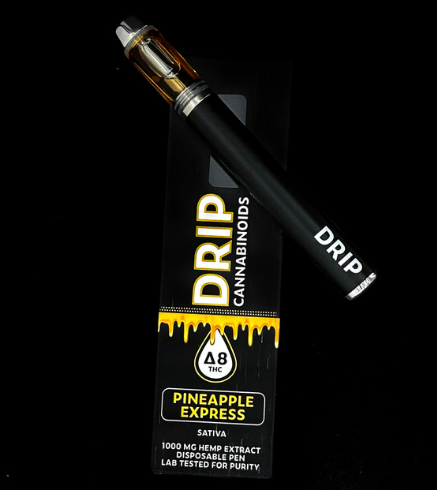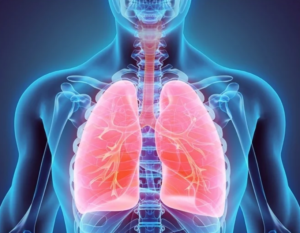
THC Topicals: How Do They Work
THC can be consumed in many ways: vaping, smoking, eating, drinking, or applying it under your tongue. Topical THC is a cannabinoid that is applied to the skin, leading to confusion for many people.
The Endocannabinoid System
Understanding how topical THC functions requires familiarity with the Endocannabinoid System (ECS). The ECS is a comprehensive network of receptors, chemical messengers, and other components throughout the body. Endocannabinoid receptors can be found in nearly every organ, from the brain to the skin.
Every mammal possesses an endocannabinoid system, which doesn’t imply that humans and other animals evolved to consume marijuana. The ECS was named after cannabis since scientists discovered it in 1988 while studying the mechanisms of the nervous system activated by THC.
This system employs “endocannabinoids,” chemicals produced within the body, to regulate homeostasis – in simpler terms, stability. It plays a vital role in memory, cognition, and sleep.
Two primary receptors exist within the ECS, namely CB1 and CB2 receptors. More CB1 receptors are located in the brain than other receptor types, and they regulate the activity of numerous neurotransmitters, which transmit messages between nerve cells.
CB2 receptors are primarily found in immune tissues like the skin, bone marrow, tonsils, spleen, and mucous membranes. They influence immune responses, with studies indicating their involvement in the regulation of gastrointestinal inflammation.
What Are THC Topicals?
Tetrahydrocannabinol (THC) is the cannabinoid most commonly associated with cannabis effects. This is because CB1 receptors in the central nervous system are activated when THC enters the bloodstream through digestion or the lungs. But how do cannabis topicals actually work?
The skin is highly absorbent, with the outermost layer protecting against larger particles. Smaller compounds can still pass through, including THC. Various routes, such as hair follicles, pores, and diffusion, allow THC and other compounds to enter the skin.
Once THC permeates the outermost skin layer, it attaches to CB1 receptors, delivering localized effects.
Effects of THC Topicals
THC topicals provide targeted pain relief without inducing psychoactive effects. People often apply them to sore areas resulting from exercise or other causes. Enthusiasts describe their effects as relaxation, relief, and comfort. Anecdotal reports suggest effects may take several minutes to manifest, lasting between 1 and 2 hours. Given individual variability, the results can vary. The application involves applying the topical THC to the affected area, waiting for effects to be felt, then reapplying.
THC Topicals vs. CBD Topicals
THC is more psychoactive than CBD, and vice versa. In either case, a cannabis-infused product is unlikely to have significant mood-altering effects. The effectiveness of a cannabis-infused topical depends on your body’s endocannabinoid systems and the differences in binding affinity between THC and CBD.
While CB1 receptors are primarily located in the brain, they are also present on the skin. THC has a much higher binding affinity with cannabinoid receptors compared to CBD. Hence, if you seek to activate these receptors more for a more accurate effect, THC topicals are the better choice.
This article was written by a cannabinoid specialist at DRIP Cannabinoids. DRIP Cannabinoids joined the market in June 2020. We quickly established our mission: providing customers with the purest oil on the market, and in tandem providing a premium product. Our products range from delta 8 tinctures, delta 8 pre-rolls, delta 8 THC gummies, delta 8 vape pens, and more. Through each and every one of our products, DRIP strives to relieve people from the discomfort, stress, and anxiety of daily life by giving them access to cutting-edge cannabinoids such as Delta-10 and Delta-8 THC. DRIP’s formulas and procedures are all designed with the purity and safety of the customer in mind.



